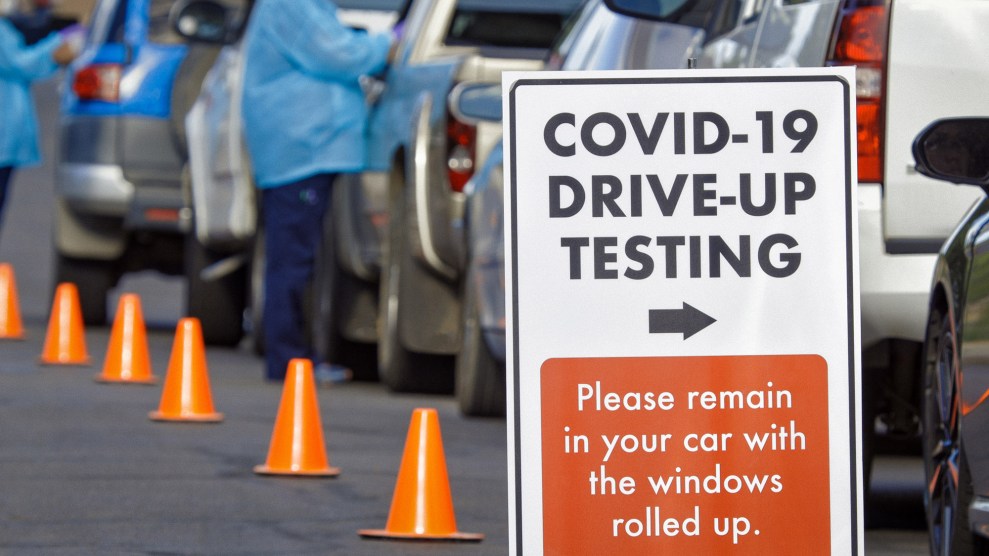At his press conference Wednesday night, President Trump said he had just signed the executive order he tweeted about on Monday, temporarily restricting some immigrant visas—a move he framed as a needed economic response to the coronavirus pandemic that’s destroying the US economy.
“We must be mindful of the impact of foreign workers on the United States labor market, particularly in an environment of high domestic unemployment and depressed demand for labor,” the order says. “I have determined that, without intervention, the United States faces a potentially protracted economic recovery with persistently high unemployment if labor supply outpaces labor demand.”
At first glance, the order does not seem as draconian as his initial tweet implied (though, to be fair, the tweet was short on details, and it still created panic). Part of the reason may be because the initial tweet reportedly sparked a significant backlash from various business interests.
First, here’s what it does do: Effective April 23, and for at least 60 days, the United States will suspend entry to foreigners who do not have an immigrant visa already in hand.
But, here’s what it doesn’t do: Crucially, the order does not seem to apply to immigrants already in the United States who can apply to become permanent residents. It also doesn’t apply to the spouses and children of US citizens.
To get more specific, the order does NOT apply to:
- Lawful permanent residents of the United States.
- Anyone seeking to enter the country on an immigrant visa as a physician, nurse, or other health care professional; to perform research “intended to combat the spread of COVID-19,” or “perform work essential to combatting, recovering from, or otherwise alleviating the effects of the COVID-19 outbreak,” as determined by the Secretary of State and Secretary of Homeland Security. The exemption also applies to the person’s spouse and children under 21.
- Immigrant investors under the EB-5 Immigrant Investor Program.
- The children and spouses of US citizens.
- Children who are “prospective adoptee” with IR-4 or IH-4 visas.
- Anyone whose “entry would further important United States law enforcement objectives,” as determined by the Secretary of State and Secretary of Homeland Security.
- Members of the US Armed Forces, their spouse and children.
- People with Special Immigrant Visas (SI or SQ), their spouse and children.
- Any person “whose entry would be in the national interest,” as determined by the US government.
While the order is supposed to be in effect for 60 days, Trump could extend it, or write and sign a new one. As my colleague Camille Squires wrote Tuesday, these restrictions add to an already long list of actions on immigration and travel that the Trump administration has taken in just the last few months.
The reason for the executive order, Trump says, is to protect American workers. Meanwhile, on April 15, his administration issued a separate order to relax requirements for temporary farmworkers under the H-2A program to “protect the nation’s food supply chain.” The move came after the farm industry’s push to continue issuing visas for foreign farmworkers because US farms, as one expert told me, would “cease to exist” without them.















